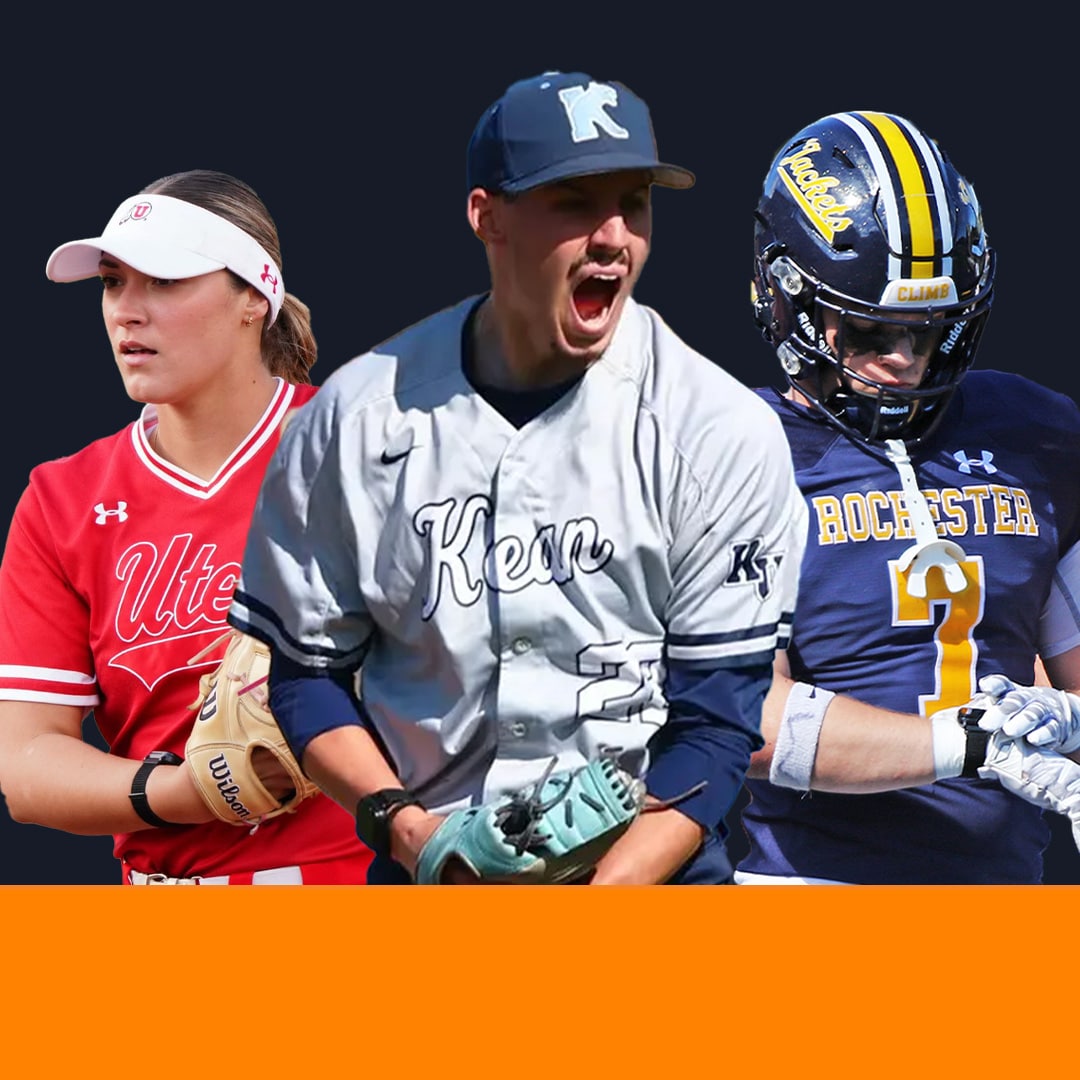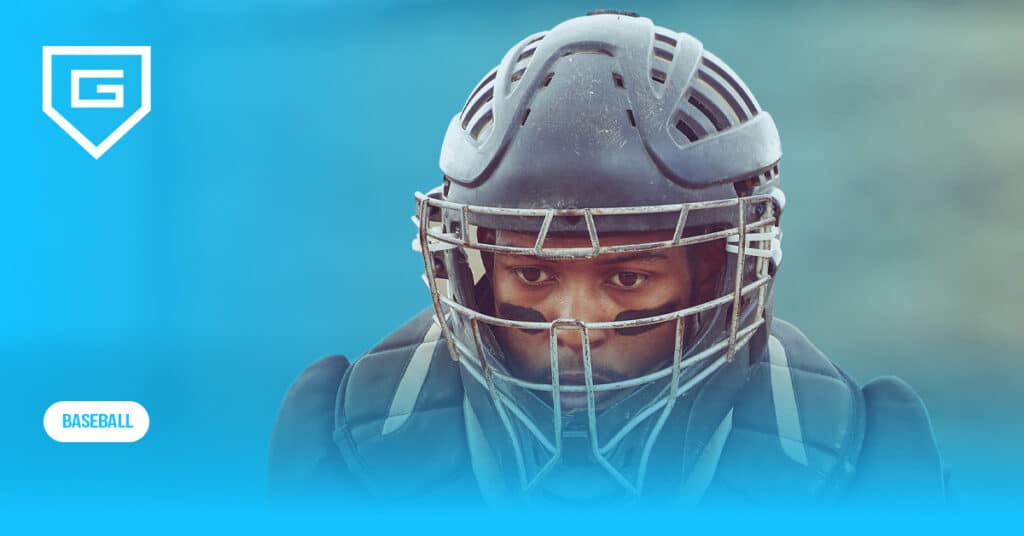Football Practice Device: Transforming Training for Modern Coaches
Reading Time: 8 minutes
Reading Time: 8 minutes
A modern football practice device can help you get more from every session and build your players’ skills faster.
Technology now pushes teams to train differently, with everything from video analysis software and electronic devices to robotic tackling dummies.
Teams across the country recognize and trust these devices for their high quality and reliability in various athletic environments.
In this guide, you’ll get a sense of what football practice devices are, how they work, and why they matter for coaches and players at any level.
The Evolution of Football Practice Devices

When football first started, training was simple with cones, tackling dummies, whistles, and chalkboards for play drawing.
As the game spread, team needs started to change. Coaches wanted better tools to teach skills and plays, focusing on speed, communication, and efficiency.
Now, technology is all over football training. With smart wearables, video analysis tools, and footballs packed with sensors, the way teams practice has totally transformed.
This football training equipment:
- Gives real-time feedback and analytics
- Improves team communication
- Tracks player performance
- Personalizes training sessions
- Detects fatigue and bad technique
- Increases player motivation and participation
Whether you’re coaching at a college or a youth league, these devices help you organize football drills, teach skills, optimize strategies, and boost players’ understanding of the game.
It all starts with choosing tools that fit your team and coaching style.
Understanding Modern Football Training Needs
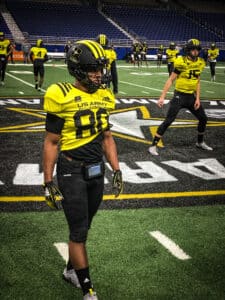
Today’s football coaches face new challenges, from improving player skills quickly to keeping everyone engaged during limited practice time.
Modern training also requires building strong teamwork and motivating each athlete, which isn’t always easy.
On the field, communication can be difficult—loud environments make it hard to give clear instructions or timely feedback. Yet, effective communication is key for sharing offensive schemes and defensive plays.
Safety is another top concern. Every practice carries the risk of injury, so coaches now focus on safer conditioning drills that teach proper movement and help keep players healthy.
Modern training leans on data more than ever. Coaches need reliable ways to track performance, movement, and stats.
To make it work, you’ve got to use quality tools, keep communication clear, and test new training methods.
Practicing the basics is still key to reaching individual goals and boosting overall team performance.
Football Practice Device Types
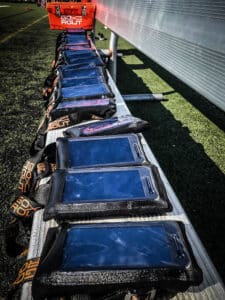
You’ll see all kinds of devices when you head to the practice field. Each helps your team get better and stay safe during drills.
Football training equipment
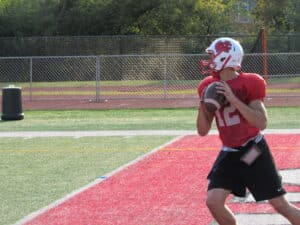
Modern football equipment covers a lot of ground when it comes to building strength, speed, and technique.
Blocking sleds are a staple for building power and blocking skills. But they have limitations – they can’t simulate the unpredictability of real opponents or game situations.
Tackle wheels and ring systems are a safer way to practice tackling, allowing players to work on angles and form without full contact drills. They reduce injury risk but may not replicate the intensity of live play.
Agility equipment and speed trainers, like ladders, cones and resistance bands are essential for footwork, quickness and overall athleticism. They allow for versatile drills but often require coaches to be creative to simulate game-like scenarios.
Football practice dummies

Football dummies come in two main forms: stationary and mobile.
Stationary dummies are good for basic tackling and blocking drills, while mobile dummies – which can be pushed or rolled – add more realism by simulating moving targets.
Newer electronic tackling systems use sensors and motors to create dynamic movement so players can react to unpredictable situations. But all dummies have limitations in simulating real gameplay, as they can’t fully replicate the speed or decision-making of a live opponent.
Safety considerations are important; dummies should be made of impact-absorbing materials to minimize injury risk during high-contact drills.
Football training aids

Football aids go beyond physical equipment. Play cards and manual systems help coaches communicate plays and formations during practice.
Wearable technology for player tracking provides real-time data on speed, distance and movement patterns so coaches can give feedback and performance analysis.
Video analysis tools are gold for breaking down plays and correcting techniques but can be time-consuming to review and may miss subtle aspects of live action.
Communication systems – like football wristbands – improve practice efficiency by allowing coaches to give instant feedback and instructions even in noisy environments.
These tools help coaches manage a complete practice plan and keep training on track without confusion.
Digital Revolution in Football Practice Devices
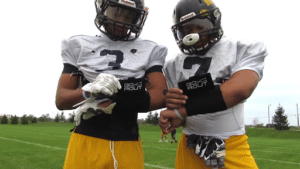
Football practice devices are now smaller, smarter, and easier for coaches and players to use, forcing them to keep their techniques on point and boost their physical skills.
You can instantly track players’ speed and strength with real-time data and feedback. It lets you see what’s working and what needs improvement right away. Instant feedback also keeps players focused and continually improving.
Mobile device integration lets you control drills, check stats, and manage routines from your phone or tablet.
No more waiting for end-of-day reports—your results are right there. Many football programs now use cloud-based systems to store training data and practice film.
You can share info with players or staff, even if you’re not in the same place. The biggest plus is connectivity.
Modern play-calling systems update players with new plays right on the field. Communication between coaches and players happens faster than ever.
Smart devices are making football practice more efficient and fun for everyone on the team.
GoRout Scout: Transforming Football Practice
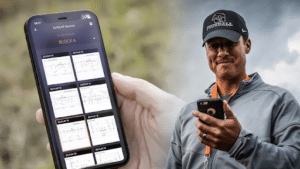
GoRout Scout is a smart practice system that helps you run smoother, faster football practices. It lets you instantly send private, secure and encrypted play calls to players on the field. No Wi-Fi is needed—GoRout uses a secure cellular network for real-time updates.
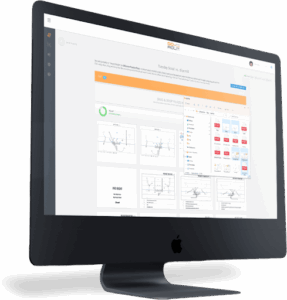
For coaches, it takes away the hassle of paper play cards and shouting instructions. You upload your football playbook via the web app that works with any drawing software. Then, you can use the on-field practice app to send plays and formations right to your players.

Players get clear, quick instructions on tough plays, making it easier to learn and react. Their devices have bright screens, making plays visible in all kinds of weather, from rain to bright sunshine.
Common use cases include:
- Faster play installs
- Efficient scout team walkthroughs
- Smooth special teams practice
- Easy for new players to understand plays
- Saves your voice and time
GoRout equipment helps you run drills, practice against up-tempo teams, and review formations right on the field. The system is portable, so you can take it on the road for walkthroughs or summer camps. Each device comes with a 100% warranty against breakage.
Whether you want to update your football training equipment or add new football coaching gear, this solution fits a modern approach to practice.
Ready to make your practices more efficient?
Contact GoRout today to get a quote.
Football Practice Device Implementation Guide
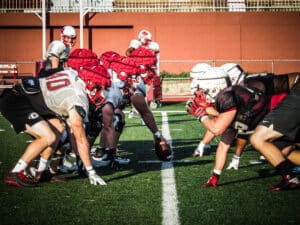
Starting with a football practice device means keeping everyone on the same page, from quarterback to wide receiver to the coaching staff.
Teach players how to use the devices word by word, and emphasize the importance of practicing fundamental techniques before you add them to your routine.
A short session at the start of each practice day helps everyone feel comfortable and confident. Make your practice more effective with clear, easy-to-follow plans.
Use the device to organize and monitor drills, like speed drills or agility drills. By tracking progress and giving instant feedback, you can focus on what players need and help them improve faster without risking injury.
Set goals for your team’s growth to get the most from your tech investment. Record data for each drill and adjust your plans based on results.
Maybe you use the device for tackling drills one day, and switch to linebacker drills the next.
Stay flexible and change your routine as you figure out which drills and methods work best for your team. Use the football practice device daily to get the most out of every session.
Future of Football Practice Devices
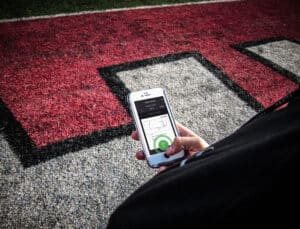
The world of football practice devices is changing fast, with new tech having a long-term impact on how drills are conducted and providing real-time feedback to maximize each session.
Upcoming trends in football training technology include AI and machine learning to analyze player performance and virtual and augmented reality to simulate game scenarios for safer, more immersive training. Wearable sensors will give deeper insight into player health, workload and biomechanics.
As these innovations come to the forefront, data-driven coaching becomes even more important. Coaches are now using real-time analytics to track progress, identify weaknesses and personalize training for each athlete. It improves performance, reduces injuries and manages player fatigue better.
When investing in future equipment, look for devices that integrate with your current systems, give actionable insights and put player safety first. Equipment that is adaptable, easy to use, and has good software support will give the best long-term value as football training develops.
Conclusion About Football Practice Device
Football practice devices make life easier for coaches. They save you time, boost player focus, and help your team work together better.
Pick the right tool, and you’ll notice your team improving a lot faster. Advanced solutions like the GoRout Scout keep things clear and quick.
You can send play calls right to your players without huddles or shouting across the field. That means more reps and a smoother practice.
It makes it easier to keep everyone engaged. Players understand their roles and can fix mistakes right away.
Small changes in practice can lead to big wins when it counts. Football tech isn’t going anywhere—you might as well use it to your advantage.
Thinking about taking your team’s training up a notch? Check out what the GoRout Scout football training device can do and get a quote today.
FAQs About the Football Practice Device
What equipment is used in football training?
During practice, you’ll use footballs, cones, agility ladders, tackling dummies, and wearable tracking devices.
Some teams also add smart devices that give you real-time stats, helping coaches track your speed, movement, and heart rate on the field.
What is the best football drill to do by yourself?
The best solo drill is a cone or ladder footwork. Set up a few cones or an agility ladder and work on quick steps, sharp cuts, and staying light on your feet. It boosts your speed and improves coordination.
What is the neck device for football players?
The neck device, often called a collar or Q-Collar, is worn to help protect your brain during impacts. It gently squeezes your neck to reduce brain movement when you get hit. This type of device is becoming more common for player safety.




